Time-saving photo editing tricks and workflow cheats to liberate you from your computer screen
Editing photos can be fun, but it doesn’t come close to the thrill of capturing them in the first place. With so many editing tools, techniques and effects to choose from, it's easy to end up spending far more time staring at photos on a screen than taking them, which is surely the wrong way around.
So let’s look at a few methods for cutting down on editing time, from quick tricks in Lightroom and Photoshop, to simple shooting techniques and game-changing workflow tips…
1 Make use of AI
A new era of image-editing is upon us, and it can drastically reduce the amount of time you spend in front of your screen.
"A new era of image-editing is upon us, and it can drastically reduce the amount of time you spend in front of your screen."
Artificial Intelligence is now employed in lots of excellent tools and commands, both in Adobe apps and other editors like Luminar AI. These tools use machine learning to analyse the content of your photos, so they can recognise things like skies, animals, objects and faces from any angle.
There are many ways in which this can aid image-editing, but one of the most pleasing is found in Lightroom CC’s cloud-based library. You can search your uploaded image library using common tags like bird, tree, coast and so on, and the AI will find the images for you, even if you’ve not keyworded (tagged) them. Similar search tools are employed in cloud-based cameraphone libraries. For time-saving image organisation, this is a game-changer.
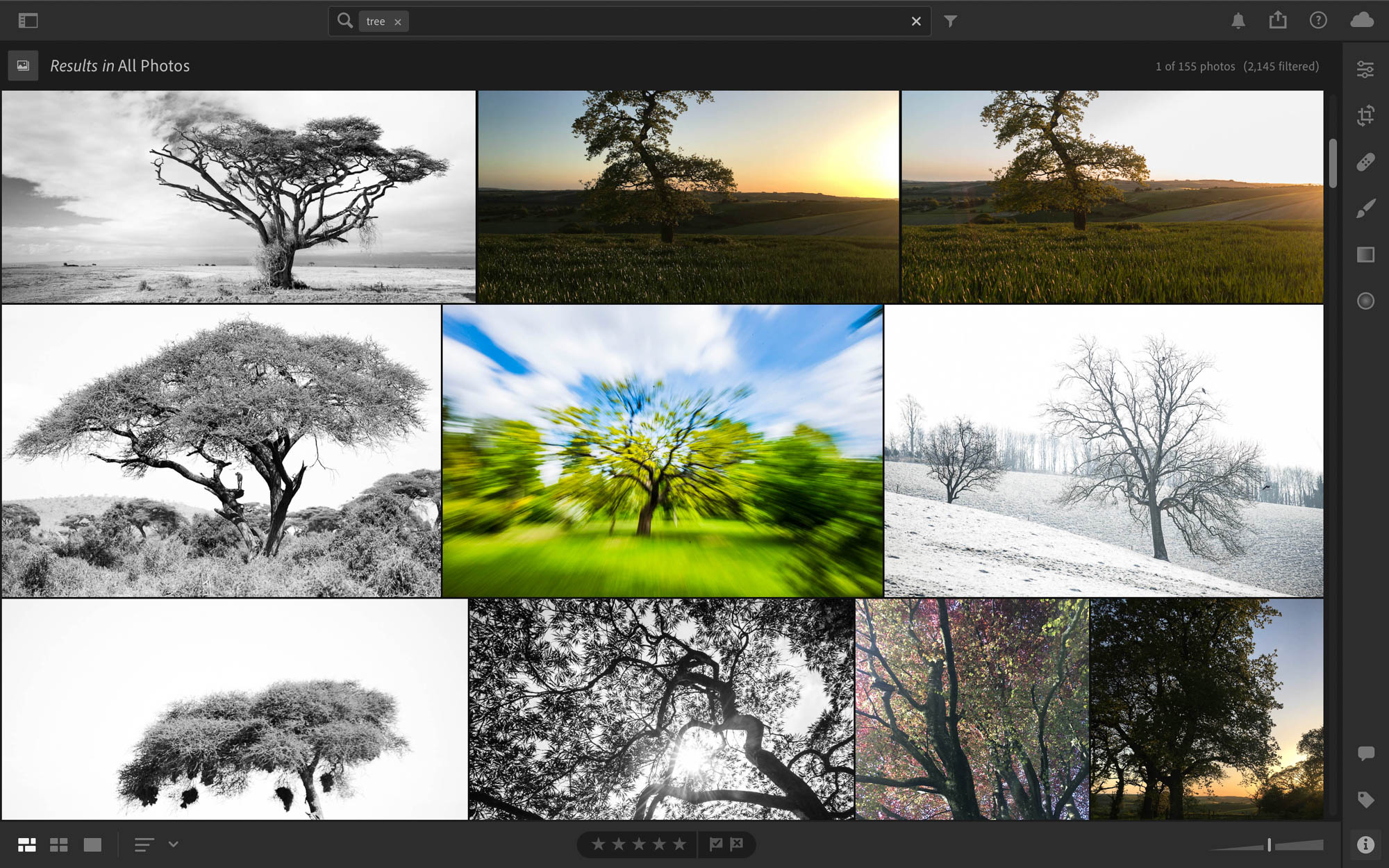
2 Use automatic subject selections
Photoshop’s Select Subject (go to Select > Subject) is one of the best of the recent AI tools. It’s able to determine the subject of your image and make a selection of it. If the subject is a person, the command is even able to isolate troublesome flyaway hair.
There’s also Select > Sky which works in a similar way, and the Object Selection tool, which lets you drag a box over part of your photo to select the object within. These tools can save you lots of time making intricate selections, and even if they don’t get it perfect, they usually get you most of the way there. Of course, you can always go on to fine-tune the selection afterwards with manual tools like the Select and Mask command.
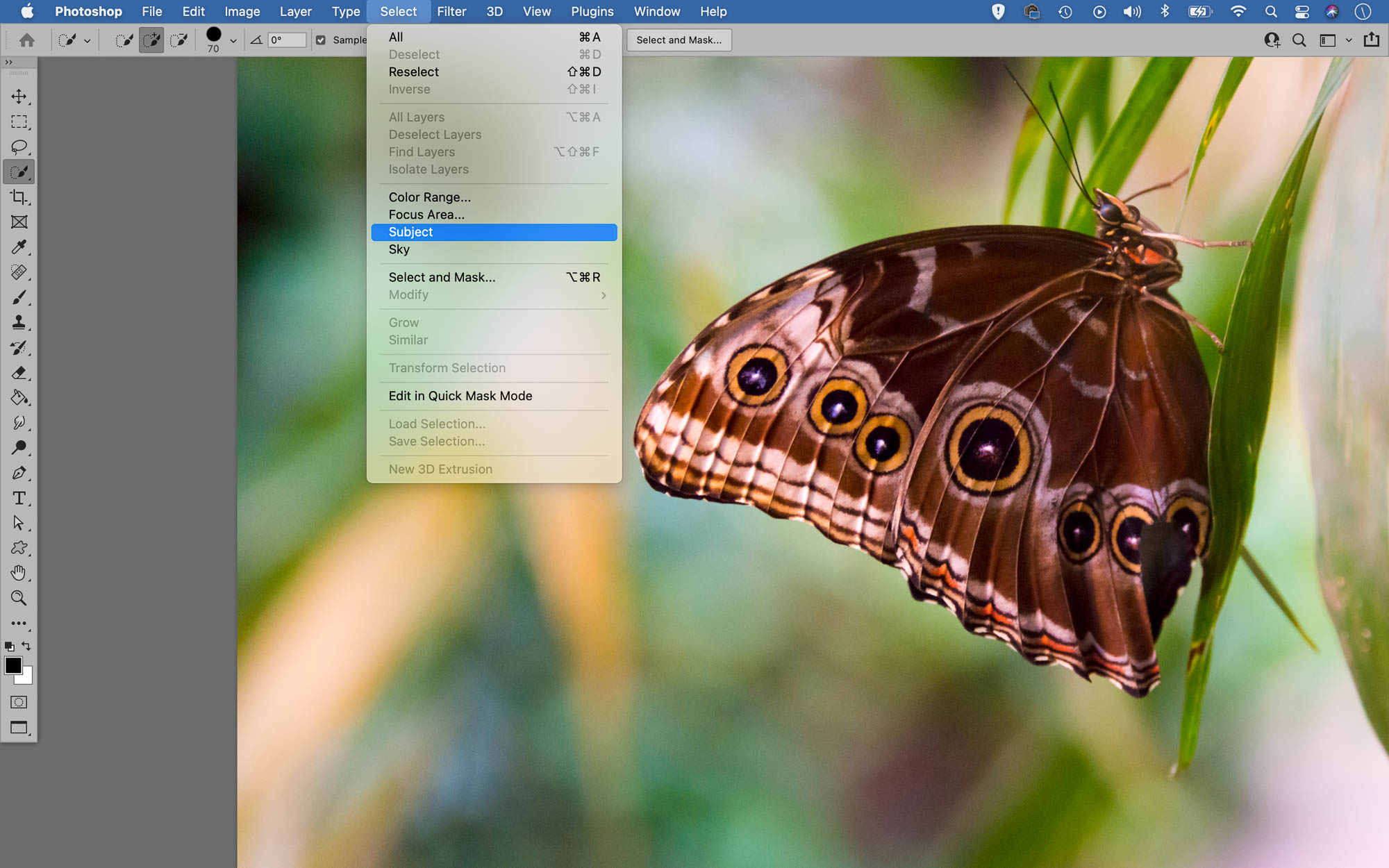
3 Take less shots
When rapid-fire cameras hold memory cards capable of capturing thousands of shots there’s always a temptation to over-shoot, especially at events and one-off moments.
"There’s an art in knowing when to stop shooting."
While this gives something of a safety net, it can also vastly increase screen time - both in the time it takes to download and back-up the thousands of photos, and in the effort needed to sort through them. There’s an art in knowing when to stop shooting. Many of the master photographers throughout history would have been content with a roll of 24 frames. So if you can, shoot less. Take a quick look through your shots on the back of the camera and, if you spot a keeper, move on. It might lead to an even better shot later.
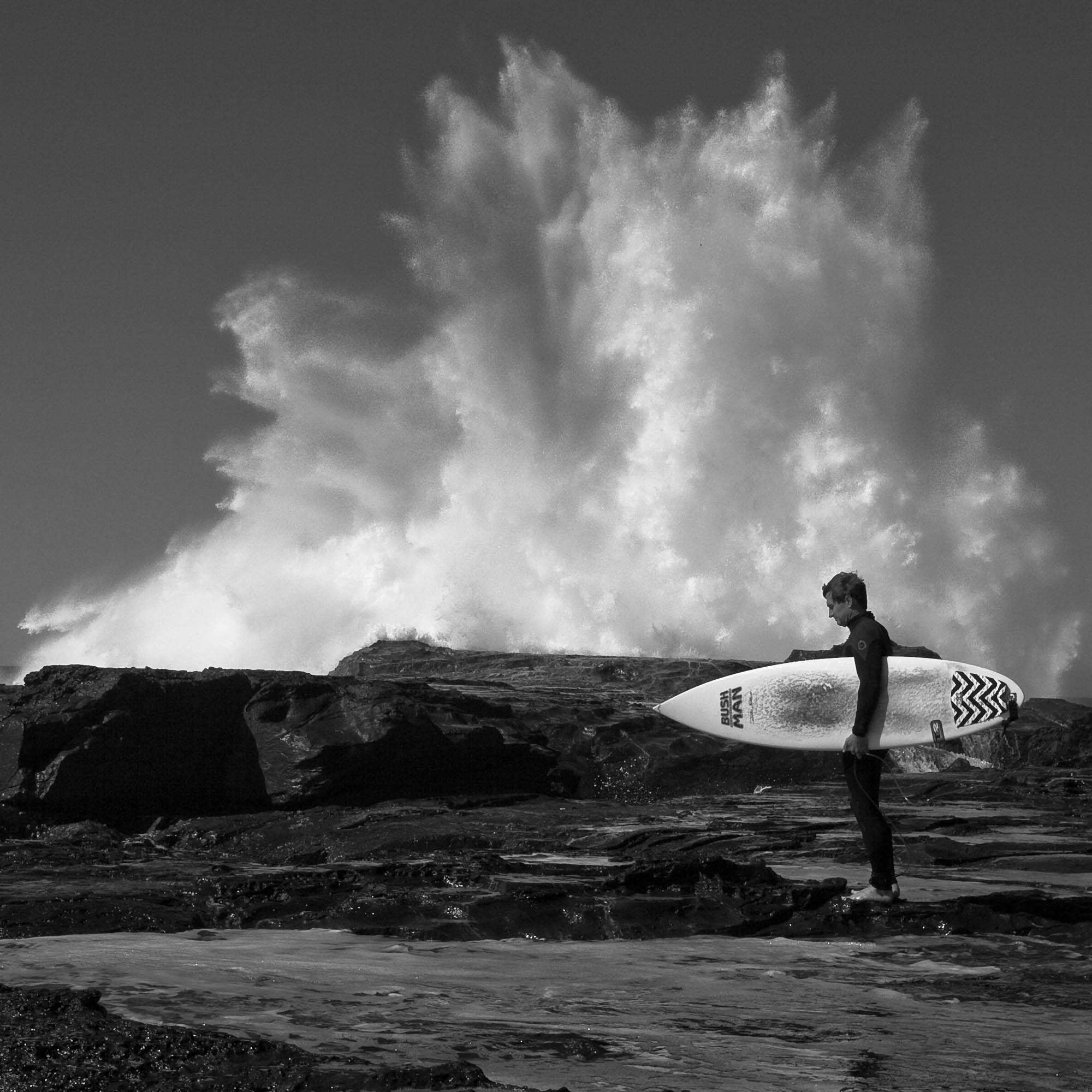
4 Rate with confidence
When it comes to choosing the best photos from a shoot, be ruthless. Agonising over several very similar frames can be energy-sapping as well as time-consuming, so pick a favourite and forget the rest. One 5-star photo rated in Lightroom is far quicker to work up than several similar 4-star photos.
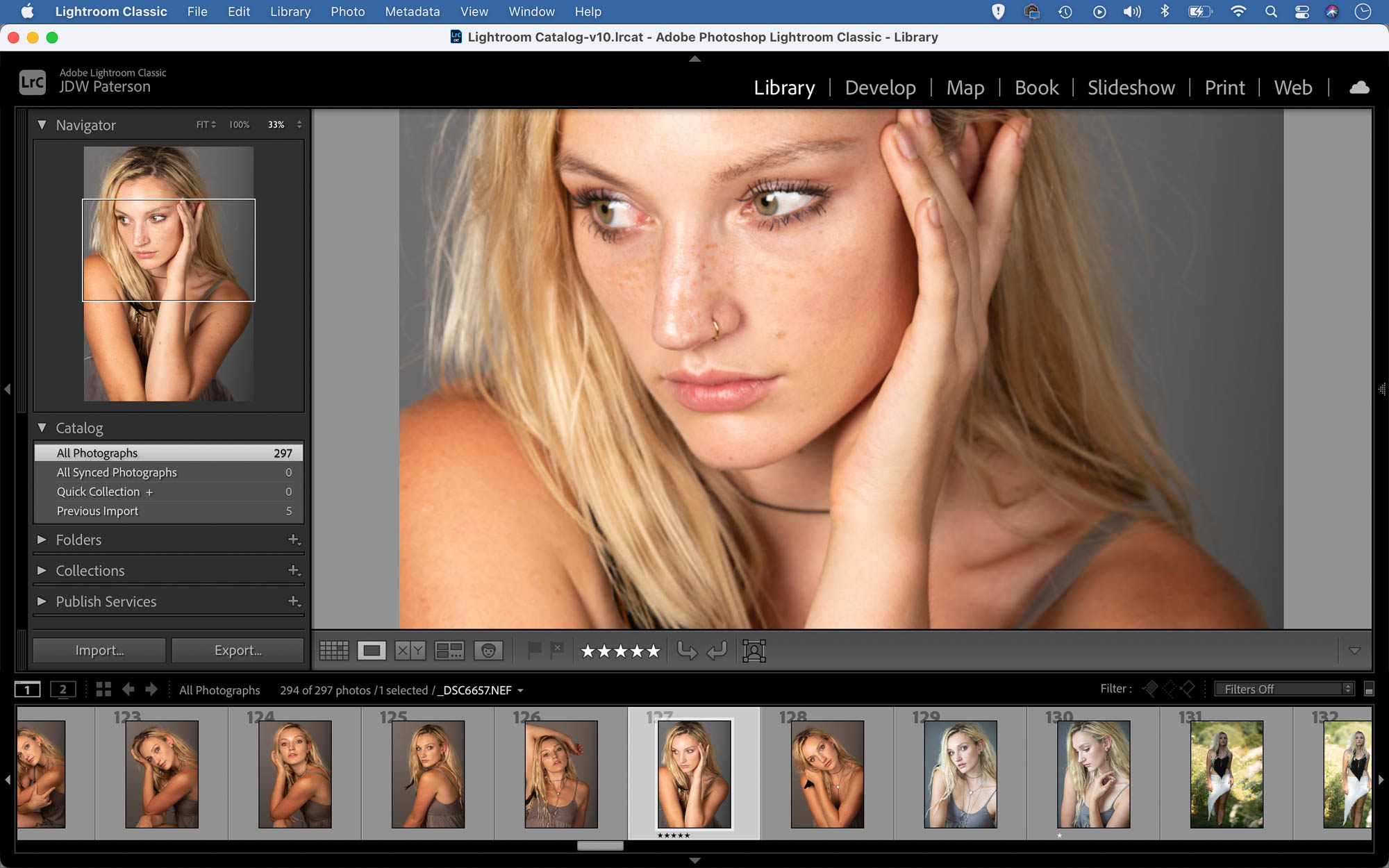
5 Get it right in-camera
It’s easy to fall into a mindset of ‘I’ll fix it in post’, but getting the shot right in-camera can save you lots of screen time. So dial in the white balance, check the horizon is level and perfect the crop beforehand.
"...getting the shot right in-camera can save you lots of screen time."
There might also be ways to improve the scene in front of you - remove distracting objects, give snotty noses a wipe, smooth down stray hairs and so on. On the flipside, sometimes it may be more convenient to back your editing skills. A hard-to-reach troublesome detail may be easier to clone out later than fixed at the time of shooting.

6 Make your own Lightroom presets
There’s a school of thought that if you do something in Lightroom once, you never need to do it again. Instead, make a preset then perform the same edit next time with a single click. Lightroom is, in many ways, built around this idea of presets (and Profiles, their cousins). This is down to the way Lightroom makes changes to your photos. It’s not a pixel-altering editor, and any changes you make to an image simply affect the way it looks in the preview (changes are only committed once you export). Instead our edits are saved as extra data in the Catalog.
Of course, this makes it easy to copy the data to other images using presets, or sync them from one photo to an entire set. After making a series of edits, simply click the plus in the Preset Panel to save your effect as a new preset.
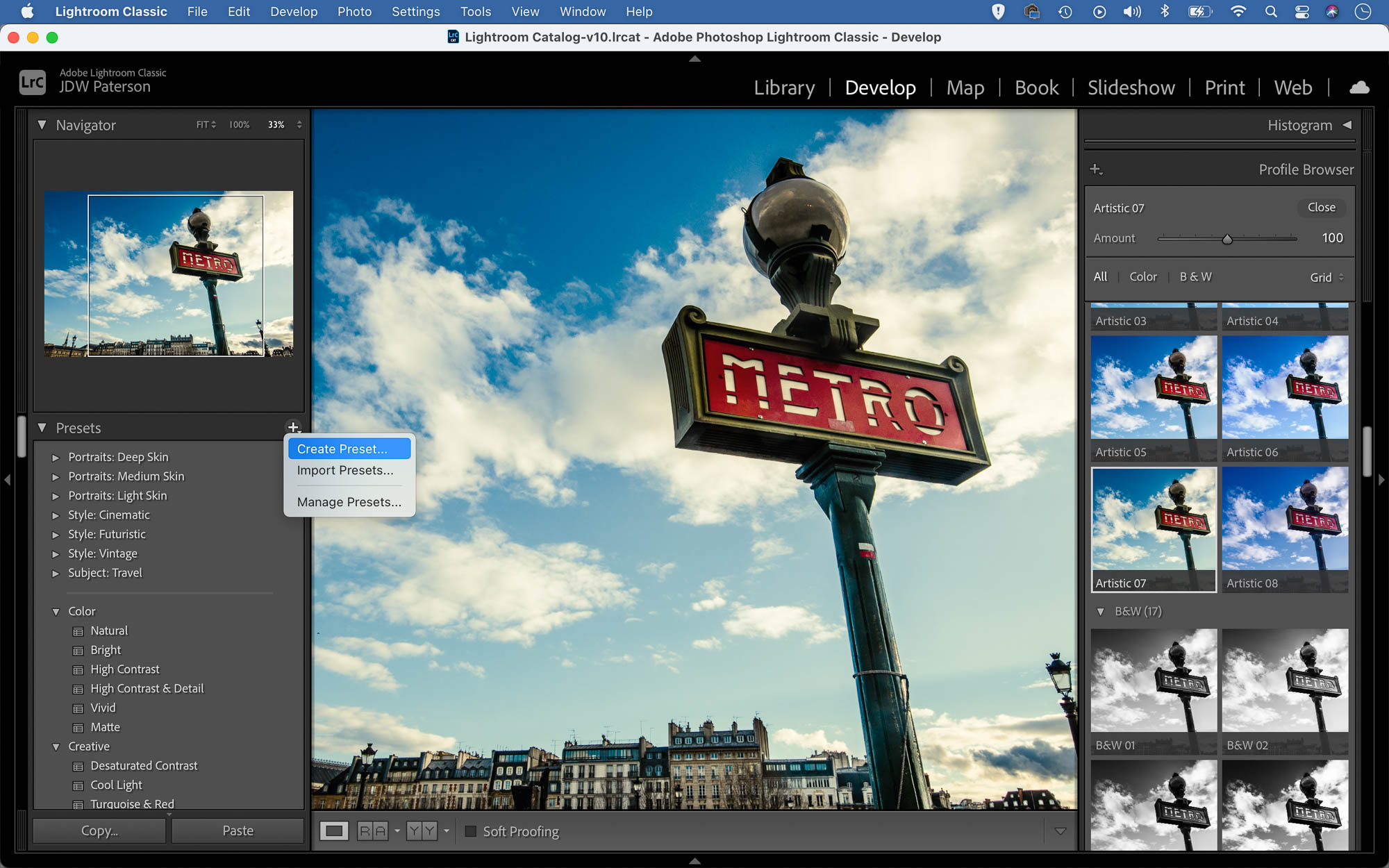
7 Build consistency in your workflow
This is perhaps the best way to ensure you spend less time in front of your computer. Come up with your own workflow, naming conventions and library system, then stick to it.
"Come up with your own workflow, naming conventions and library system, then stick to it."
For example, some photographers like to organise their shoots in folders with the format date-location-description, like 210729-Northumberland-seascapes (YYMMDD is best for keeping dates in order). Lightroom offers tools when importing your photos that can help you to get into a consistent routine. You can copy to specific locations, convert to DNG format (Adobe’s raw format), add keywords, apply Develop Presets, create Collections and more.

8 Get help
"Outsourcing your image editing can be a great option, especially for monotonous or time-consuming tasks..."
Photographers are often used to working solo, but finding help can be a huge timesaver. Stylists can be very helpful on certain shoots like beauty portraits or food photography, as they can spot out-of-place hairs, a ruffle in clothes or other distractions that may cause a headache to remove later on. Of course, there is a way to reduce your screen time to zero if you’re prepared to pay. Outsourcing your image editing can be a great option, especially for monotonous or time-consuming tasks like product shots or high end retouching.

9 Upgrade your system
Camera files get larger with every bump in resolution, video files can be hugely cumbersome to work with, and cloud-based tools can take extra time to use. Working with these hefty files and advanced tools can cause a slowdown. There are ways to speed up your system - look to use Smart Previews in Lightroom (check the box on import), and experiment with Photoshop’s RAM allocation (go to Preferences > Performance). But you’re only ever as fast as your processor, so if you find your system is chugging with all this extra data it may be time to upgrade.
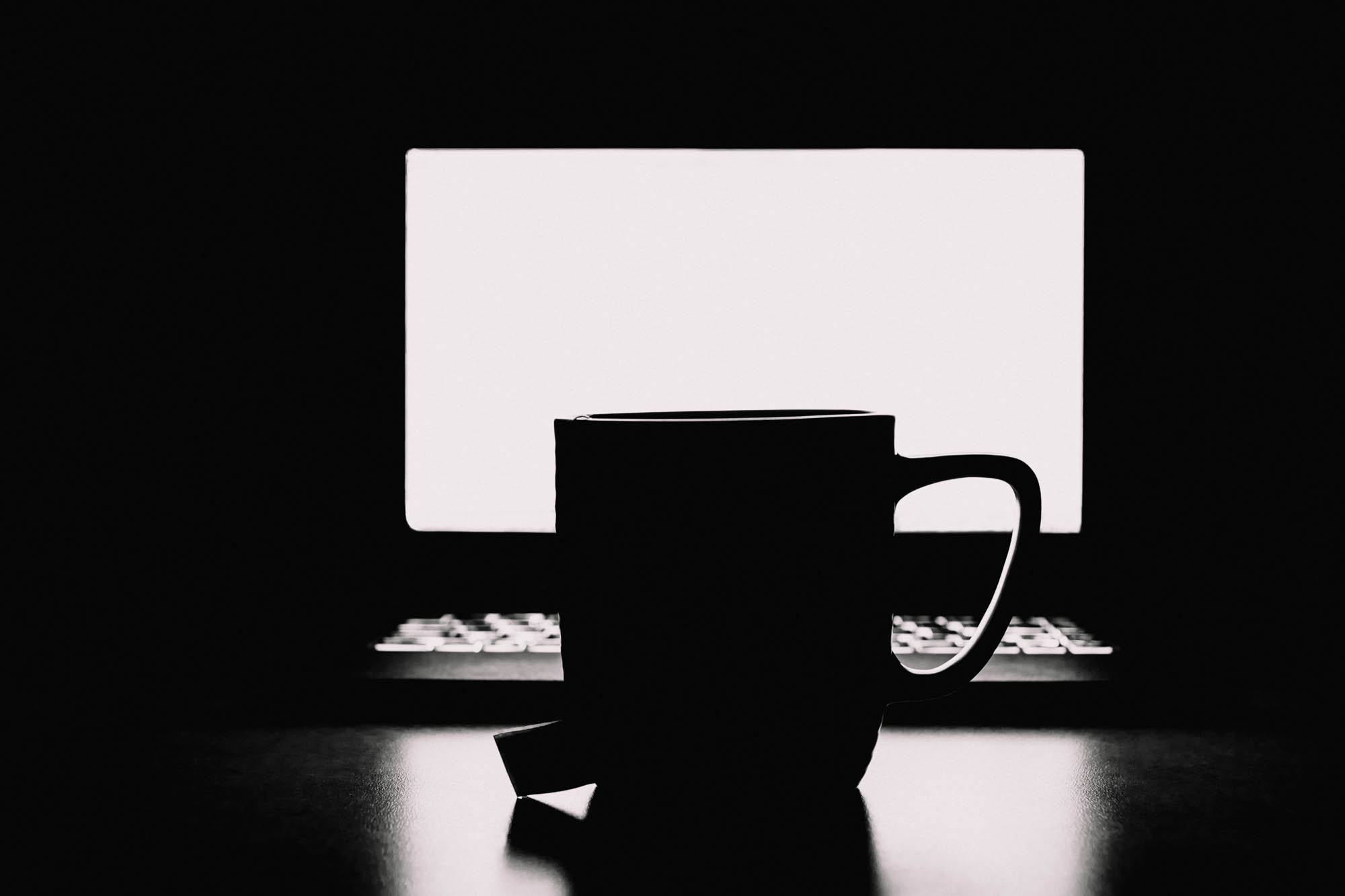
Video tutorials
Before you begin to edit, keywording and adding metadata to your images can make the process of finding and organising your photos much smoother. To explore this in more depth, check out our tutorial below.
When you have lots of photos to edit, it can be overwhelming. For ways to make your editing process more efficient, check out our video tutorial below.
James has been a professional photographer and award-winning journalist for the past 15 years. He is editor of Practical Photoshop magazine and contributes to leading photography publications worldwide.
View all articles









